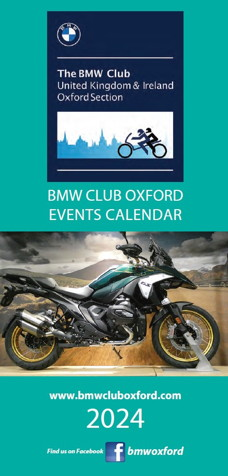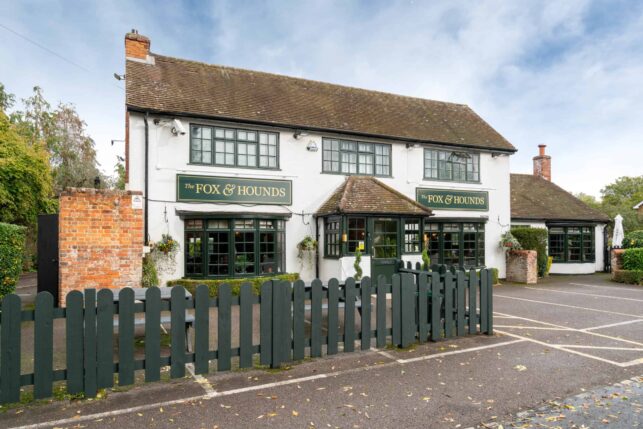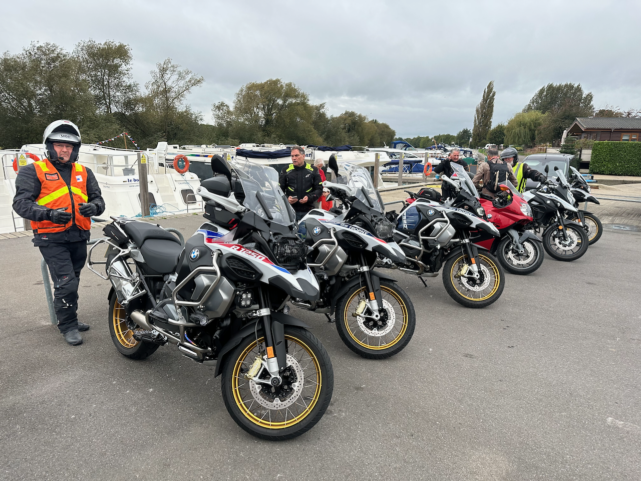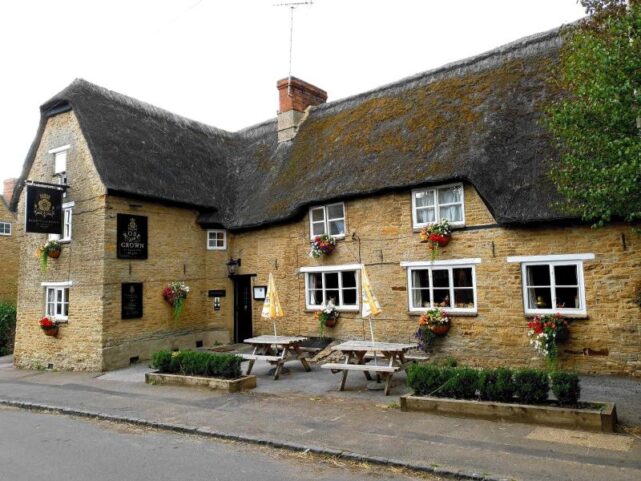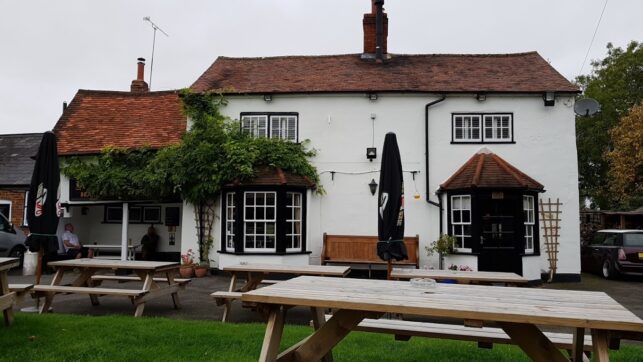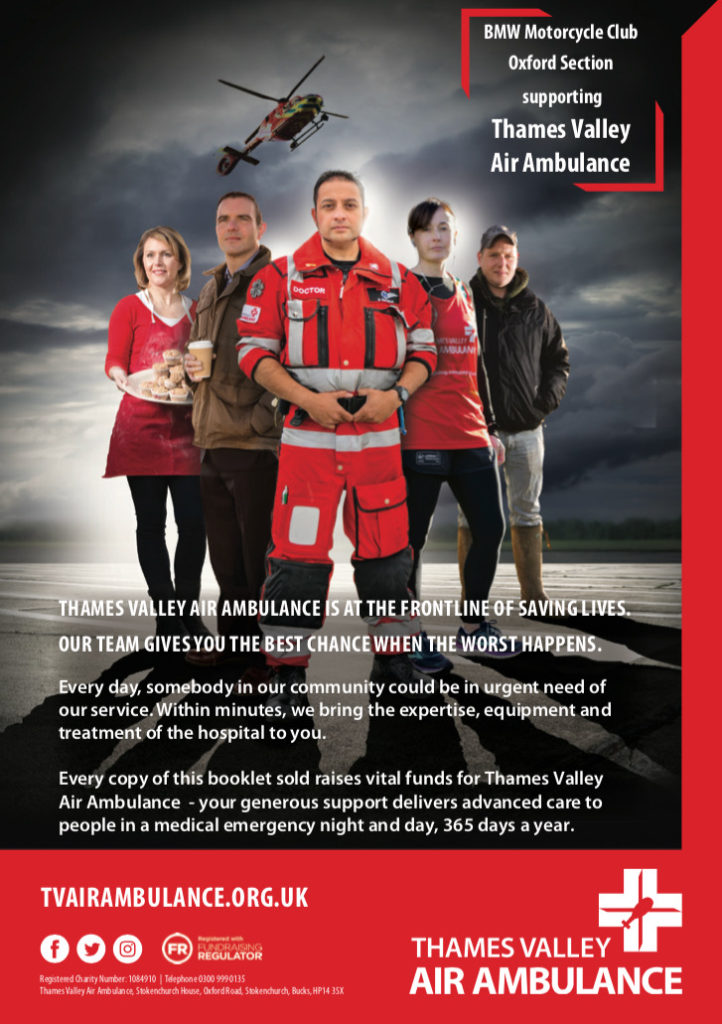F900 XR – THE FACTS
Cost From £9825
Engine dohc parallel twin, 270° crank, 4v per cyl
Capacity 895cc
Power 105bhp @8500rpm (claimed)
Torque 68 lb·ft @6500rpm (claimed)
Fuel tank 15.5 litres
Seat height 825mm (high and low options)
Wheelbase 1521mm
Weight 219kg (wet, claimed)
Rider aids ASC, ABS, modes (optional quickshifter, dynamic TC, corner ABS, cornering lights)
IMAGINE A BIKE halfway between a GS and an S1000XR. That’s pretty much the new F900XR. Proportions, stance and rumbling engine give a convincing hint of BMW’s adventure bikes, while road-focused manners, agility and composure are reminiscent of its ballistic sports-tourer. And it’s as good as it sounds. The F900XR is based around the parallel twin from the F850GS but with a 2mm wider bore to increase displacement from 853 to 895cc. With a new machined cylinder head and 13:1 compression ratio it makes 68 lb ft at 6500rpm, which is the same peak as the GS but with a wider spread through the rev range. Peak power is 105bhp at 8500rpm — ten horses up on the donor bike. It’s the GS’s steel frame as well, but it’s the only chassis part used. Geometry, thinner subframe, brakes, long-travel suspension and 17in wheels are new. Bodywork, plastic-welded tank (a world first on a bike) and 35mm-lower seat are also specific to the XR.
Free-flowing ride
The F900XR immediately feels ‘right’. Agility and balance at low speed are superb and on cascading roads the fluid handling and natural riding position allow easy, relaxed pace. As does the engine. Acceleration is sharp in lower ratios but less impressive in a high gear, though it’s roll-on flexibility that’s the highlight — third gear stretches from 20mph to 80mph and the drive of the twin perfectly matches the feel of the chassis.
There are two modes as standard — Rain and Road — while paying for Riding Modes Pro brings two Dynamic settings with a sharp throttle, new ‘engine torque drag control’, smarter traction and cornering ABS, plus a Sport display showing brake effort, traction usage and lean angle. Other options include cornering lights, roasting heated grips, cruise, quick shifter, centre stand and a rear shock with electronic damping (Dynamic ESA).
Dual carriageways reveal decent ride comfort and the engine thrums politely at 80mph and 5000rpm in sixth. Economy was 49mpg in the hills but passes 60mph on a straight run; with a 55mpg average that’s 187 miles from the 15.5-litre tank. The seat doesn’t feel particularly plush yet stays comfy for a tankful, and the two-height screen is great at clearing rain.
Colours are white, Style Exclusive (metallic gold) or Style Sport (red), and it’s in dealers now from £9825 on the road — only £230 more than a Tracer. It’s also £4000 cheaper than an R1250GS. Given the XR’s manners, charm and usability, we recommend a test ride before assuming you need a big boxer.
BEYOND THE HYPE
The bits that actually make a difference

You don’t need the upgraded spec
Standard spec is good, with adjustable screen, LED headlights (new ‘more yellow’ light that’s closer to sunshine), ASC (basic traction), ABS, proper pillion grab handles, multifunction switchgear and a colour TFT dash loaded with trip data. It also has connectivity — download the app to your smartphone, link-up via Bluetooth and the dash can show turn-by-turn navigation. Or record your trip info to your phone.
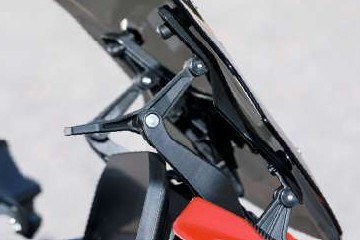
Screen is simply ace
The screen has two heights, with a big enough difference to make a difference — low allows enough breeze to feel like a bike without being hard work, and high knocks away the blast and draws rain off your visor. The best bit is the adjustment lever, though. The simple action is easy, satisfying and nicer than scrolling through menus for the right control or spinning a handwheel.
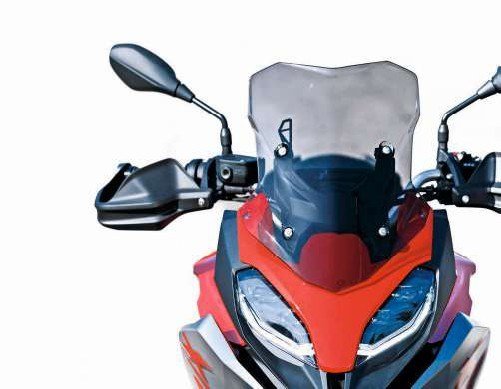
Lights are actually useful
BMW reckons that our hectic lives mean more people ride recreationally at night. The XR has new headlamps with LEDs that are closer to daylight, rather than brilliant white, so there’s less contrast with surrounding darkness. Optional ‘adaptive’ cornering lights illuminate the inside of the corner.
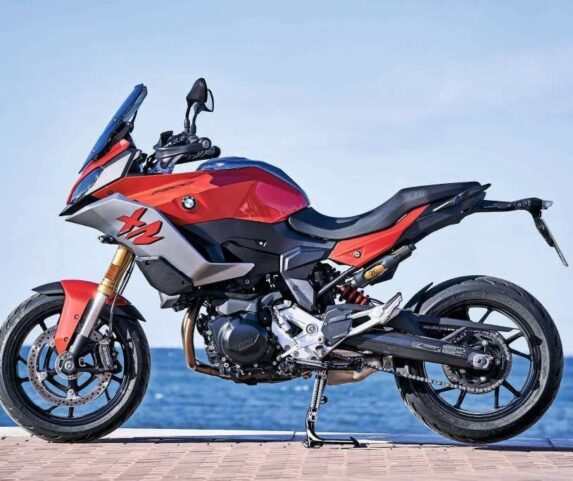
My thanks to Mike Armitage of Ride magazine for the information


